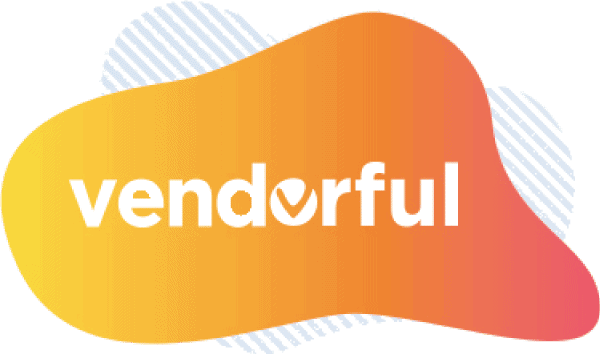More With Less
In the post-pandemic work environment, businesses need to do more with less. Cutting costs in specific places to make every dollar last can be stressful, but companies have no choice but adapt to the fast-paced financial environment to grow. What does doing more with less actually look like? Because of its relevance to an organization’s two most significant expenditures—its workforce and software purchases—tech spend per employee (TSE) has become a key metric for procurement departments to understand.
Cutting Down On TSE
Managing your TSE can be an enormous opportunity by saving money and identifying the significant opportunity costs incurred from ad hoc, DIY procurement. Most companies—particularly those under 600 or 700 employees—do not have dedicated procurement teams.
In startups, indirect spending can spiral out of control because no single department owns the process. This inherent risk stems from an ad hoc procurement approach—one that leaves companies vulnerable to rising costs and lost opportunities. The hard and soft cost savings of ad hoc software procurement can be substantial, but only if you know how to avoid the pitfalls.
Hard Costs: Money
Without a proper procurement process, hard costs such as software spending per employee will compound over time. These budgetary problems can quickly spiral out of control for any company, small or large. These can lead to companies leaving significant savings on the table. Leaving significant savings can corner a company into a corner of layoffs. Hence, the importance of controlling variables is to be in a far better position where you can influence what happens rather than being at the mercy of external forces.
Soft Cost:
Although hard costs are easier to quantify, businesses should still consider soft costs when assessing the overall cost of a given procurement method.
- Employee Time: On average, companies spend about 4 to 12 hours on a single contract. With an average of 300 contracts, companies could spend 1,200 to 3,600 hours annually.
- Productivity: Going hand in hand with employee time, almost 3,600 hours could be spent on doing something productive that can lead the company to growth, revenue, or customer satisfaction.
Avoiding Cost Through Procurement:
Most companies can’t afford to implement ad hoc software purchasing policies. Instead, companies that procured and optimized software and related services at a minimum cost had a distinct competitive advantage: they could reduce costs by about 15%. During a market downturn, companies that invest in the foundations of software procurement excellence may reap the rewards down the road.
Although there is no single approach to software procurement that works for every company, one thing is sure: Your ad hoc approach can end up costing you more than it should.
